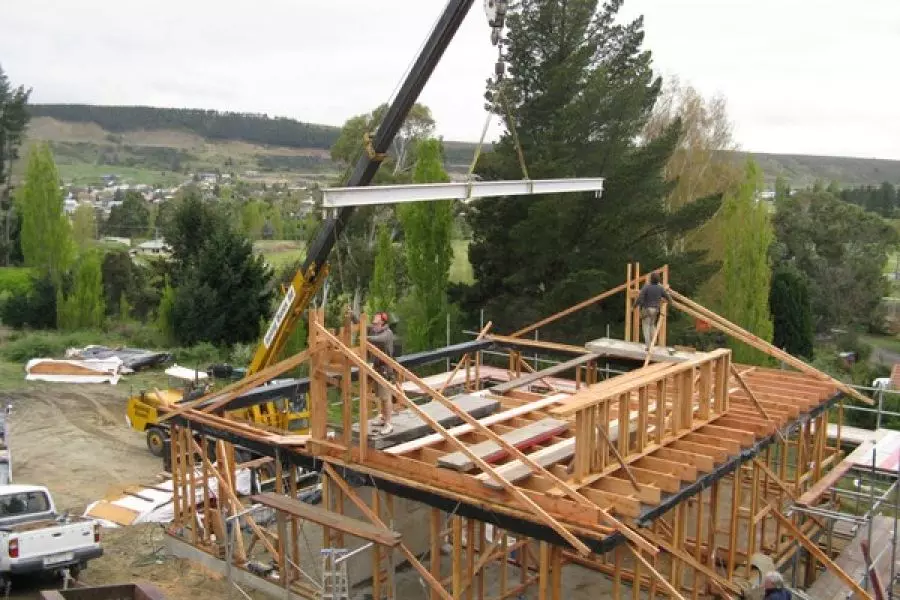News
Shortfall to get worse before it gets better

Friday 7th of April 2017
The bank has just released its latest Home Truths report and it warns the Super City’s already acute supply shortage will get worse before it gets better.
This is because of ongoing strong population growth and a legacy of underbuilding which is still not being adequately rectified.
Westpac estimates that Auckland currently has around 35,000 too few homes, which i...
Want to read the full article?
Click the button below to subscribe and will have unlimited access to full article and all other articles on the site.






![[The Wrap] Bye Bye Bayly](https://goodreturns.publit.io/file/c_fill,w_900,h_600/39f23ac1-f7c7-4854-b700-a150004ebbac.webp)


